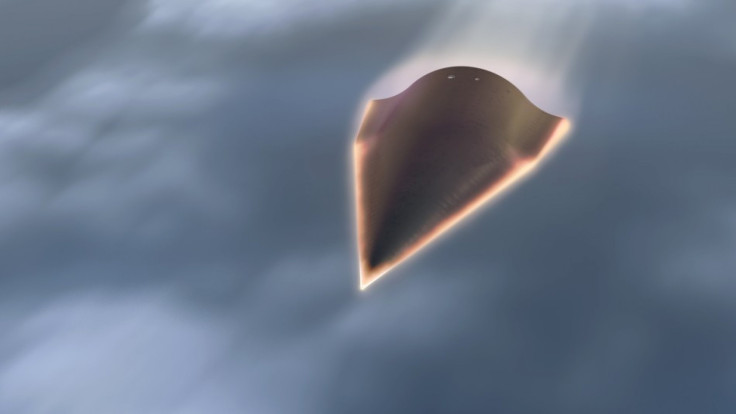DARPA Calls HTV2 Mishap an ?Anomaly?

The U.S. Defense Advanced Research Projects Agency (DARPA) has explained what happened with its experimental hypersonic glider.
In a press statement, the agency cited an anomaly as the reason why the glider, named Falcon Hypersonic Technology Vehicle 2 or HTV2, lost signal in its second test run. DARPA was trying to fly the glider across the Earth's atmosphere at 13,000 mph. The flight began at 7:45 pacific time and was successful up until the point when the glider separated from the Minotaur IV rocket.
The glider was supposed to fly over the Pacific Ocean from Vandenberg Air Force Base, located near Santa Barbara, Calif. It was meant to separate from the Minotaur IV Lite rocket and go on a 4,000 mile ride. The glider failed shortly after it began flying on its own when it reached the sub-orbital altitude.
DARPA said they collected more than nine minutes of data before the anomaly caused HTV2 to lose signal. The agency says it's likely that the glider crashed into the Pacific Ocean. Air Force Maj. Chris Schulz, project manager for the HTV2 program, said the agency will find a reason why the failure has occurred.
"We know how to boost the aircraft to near space. We know how to insert the aircraft into atmospheric hypersonic flight. We do not yet know how to achieve the desired control during the aerodynamic phase of flight. It's vexing; I'm confident there is a solution. We have to find it," Schulz said in a statement.
Thus far he says the technical challenges can be categorized into aerodynamic; aerothermal; and guidance, navigation and control. DARPA will analyze the test flight from today to expand their understanding of the flight environment.
This was the second test flight of HTV2. The first flight, back in April of 2010, collected data on demonstrated advances in high lift-to-drag aerodynamics, high temperature materials, thermal protection systems, autonomous flight safety systems and advanced guidance, navigation, and control for long-duration hypersonic flight. It reached speeds of 17-22 times the speed of sound according to DARPA.
DARPA Director Regina Dugan said the simulated ground tests have yet to yield the knowledge the agency needs in the air. Using the original test as an example, she said hypersonic flight becomes a lot easier to understand when you do the real tests.
"We'll learn. We'll try again. That's what it takes," she said.
The agency is planning on reviewing the analyzed data from today's test flight and reviewing it. This will influence future decisions.
Follow Gabriel Perna on Twitter at @GabrielSPerna
© Copyright IBTimes 2024. All rights reserved.











